Strongly associated with our ancient woodlands, Britain's stunning spring flower the bluebell has bloomed, making this time of year is a lovely time to take a woodland bluebell walk.
Bluebells are also one of our more easily identified wildflowers, but can you tell the subtle difference between the native bluebell and the Spanish bluebell?
One of the pleasures of bluebells is their individual beauty: graceful, arching stems bearing delicate bells of deep colour. But when those single splashes of blue multiply to form dreamy pools of thousands of plants, fresh pleasures await. The colour and scent intensify and there is a delicious, extravagant sense of abundance after the barren winter months.
Why not enjoy a carpet of blue in woodlands, forests or your local park this bluebell season by taking inspiration from our pick of the best bluebell walks in the UK.
Our expert bluebell guide also explains how to identify this delicate native flower and has handy advice on how to grow your own.
When do bluebells flower?
Bluebells flower in April and May and in the UK and there are two types of bluebell which grow wild. These include the native bluebell, which is also known as the English or British bluebell, (Hyacinthoides non-scripta) and the Spanish bluebell (Hyacinthoides hispanica), which can now be found across much of Britain.
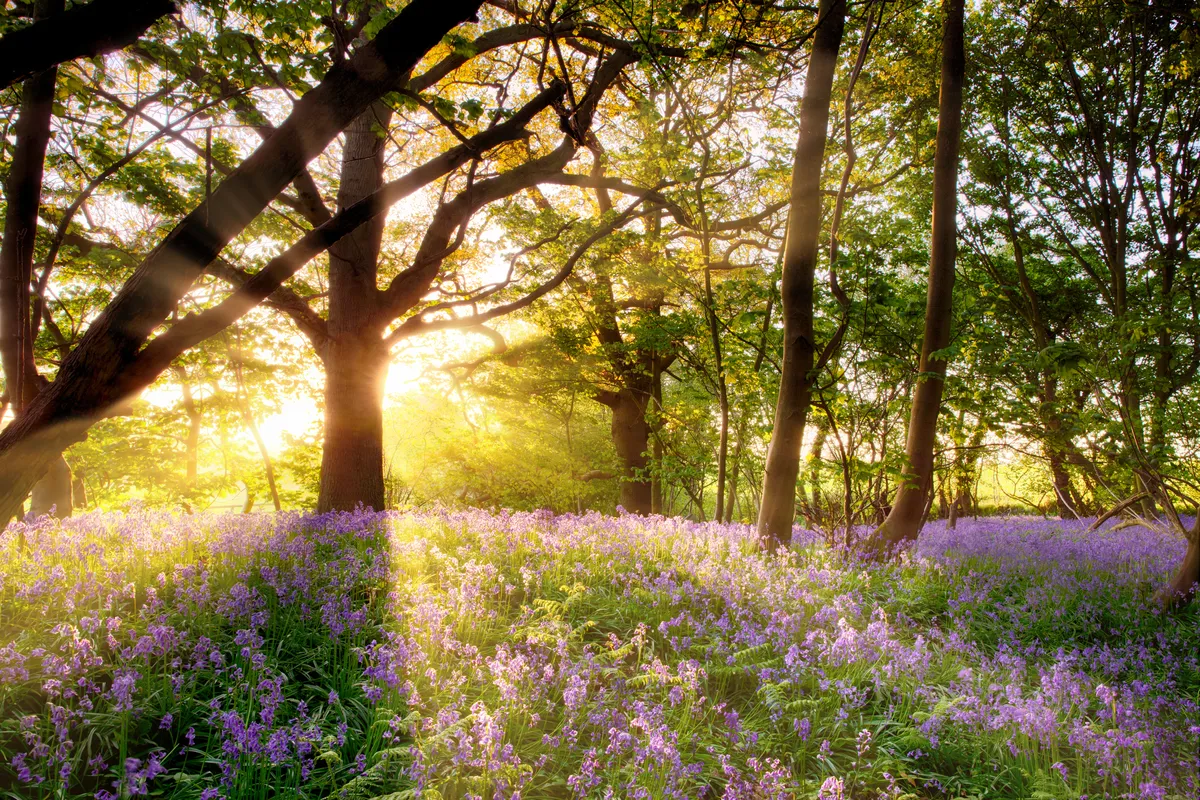
The Spanish variety grows and faster than our native bluebell and is one of the major threats to our native species with cross breeding between the two a potential risk. Both varieties however attract butterflies, bees and insects which use the plants for nectar.
The UK is home to over half of the world's population of bluebells.

How to identify bluebells
What is the difference between English bluebells and Spanish bluebells?
Native bluebell
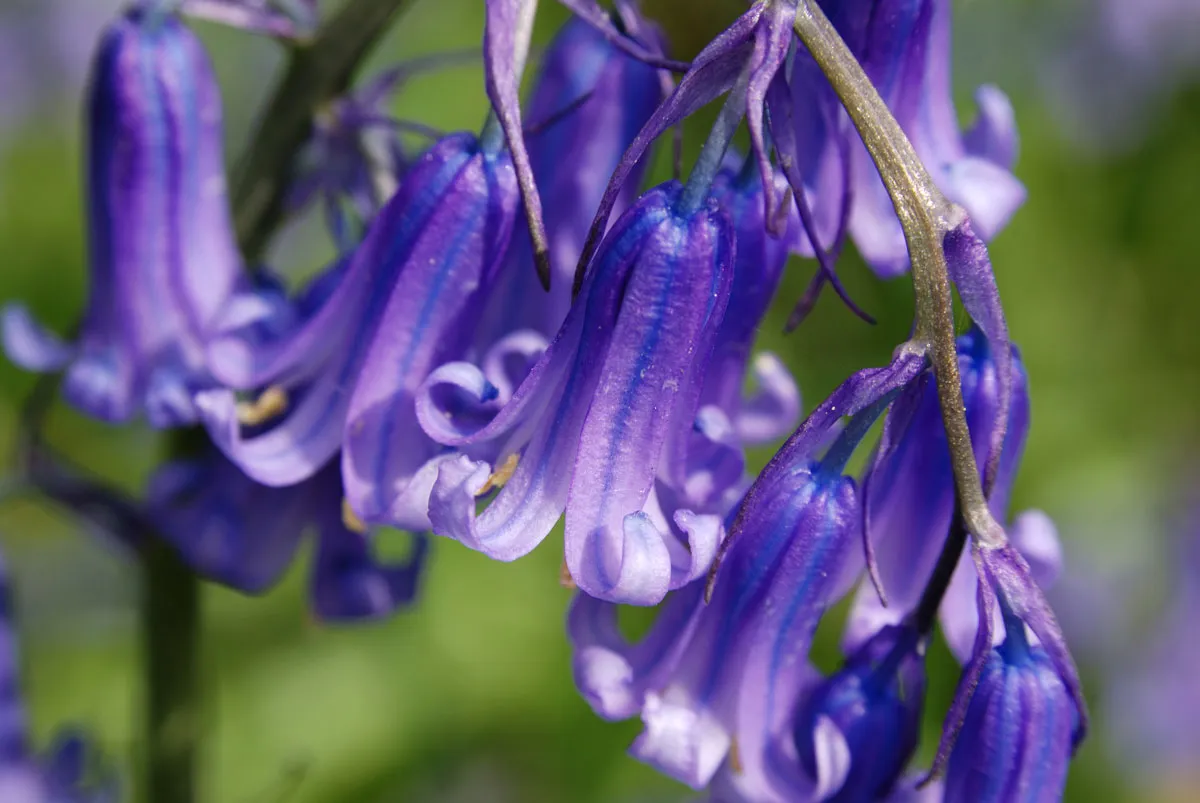
- Flower petals a deep purple
- The spike of the flower droops to one side
- Pollen has no colour
- Flower petals curved and in a tube
- A pungent scent of perfume
Spanish bluebell
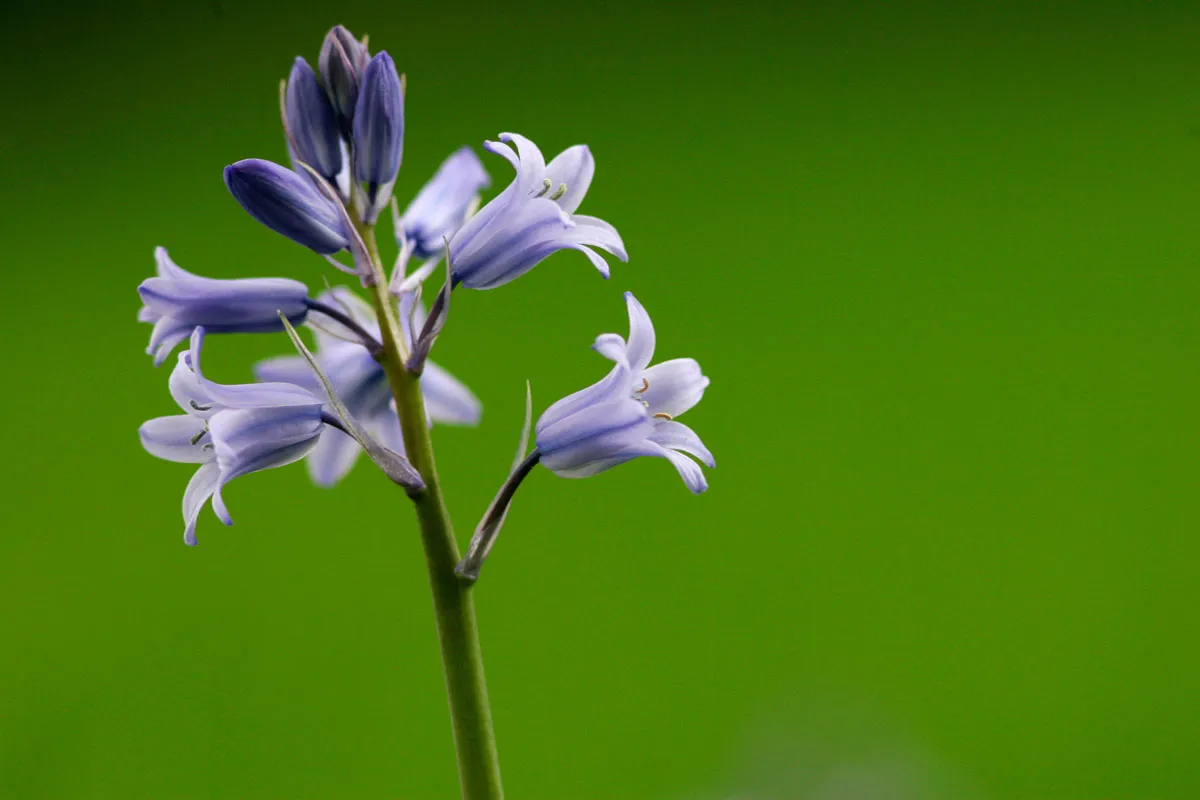
- Pale coloured petals in a light blue but can also white or pink
- Flower petals are erect and spiked
- Pollen has a blue or green colour
- No scent
Do bluebells come back every year?
As a perennial plant, bluebells flower every year. Bluebell colonies take between 5-7 years so develop and can take some time to recover if damaged. It is very important to avoid trampling bluebells in bloom to protect the delicate flower and allow the colony to spread naturally. The native bluebell is a protected species under the Wildlife and Countryside Act 1981.
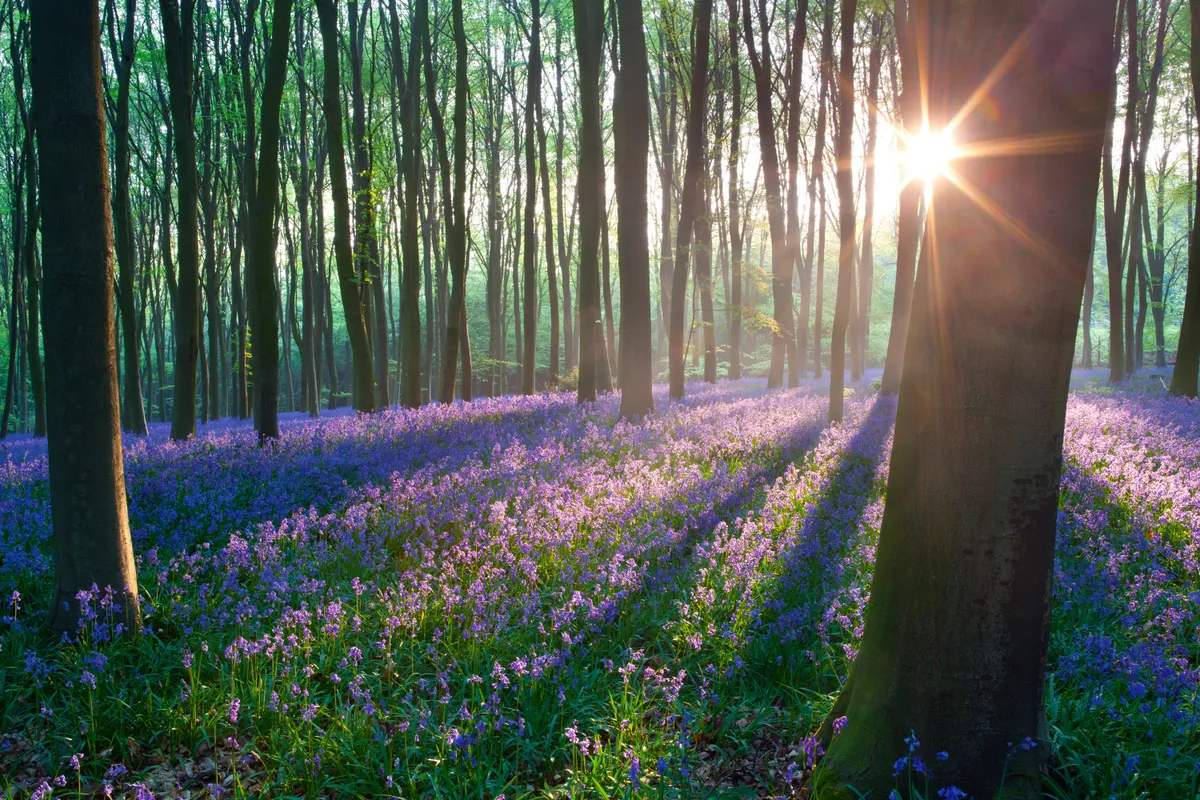
First and most importantly, if you love bluebells and want to preserve them, try and keep clear of them. Where bluebells are growing, stick to official trails, and try to walk single file wherever the plants fringe a narrow pathway.
Wild garlic guide: where to find, how to cook it and recipe ideas
Late spring is the perfect times to go foraging for this versatile and pungent plant, which can be whipped up into a delicious soup or pesto.
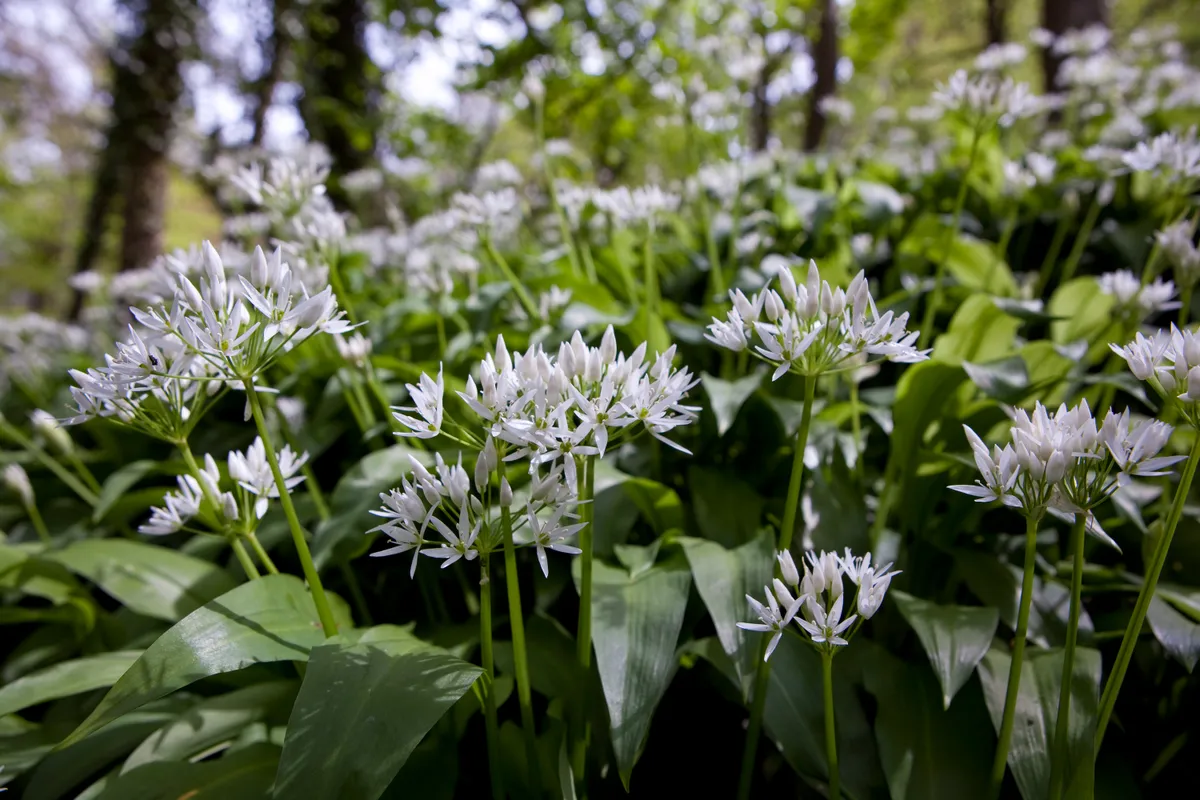
How long does the bluebell season last?
Depending on the weather, the bluebell season can last a couple of weeks, generally appearing first in the south of Britain, where it tends to be warmer before sweeping across the country to finish the season in Scotland and the north.
Where are the best places to see bluebells?
Traditionally a woodland flower, bluebells tend to grow on woodland floors, although as new colonies develop you may also see them in the fields, along hedgerows, parkland or even along road verges.
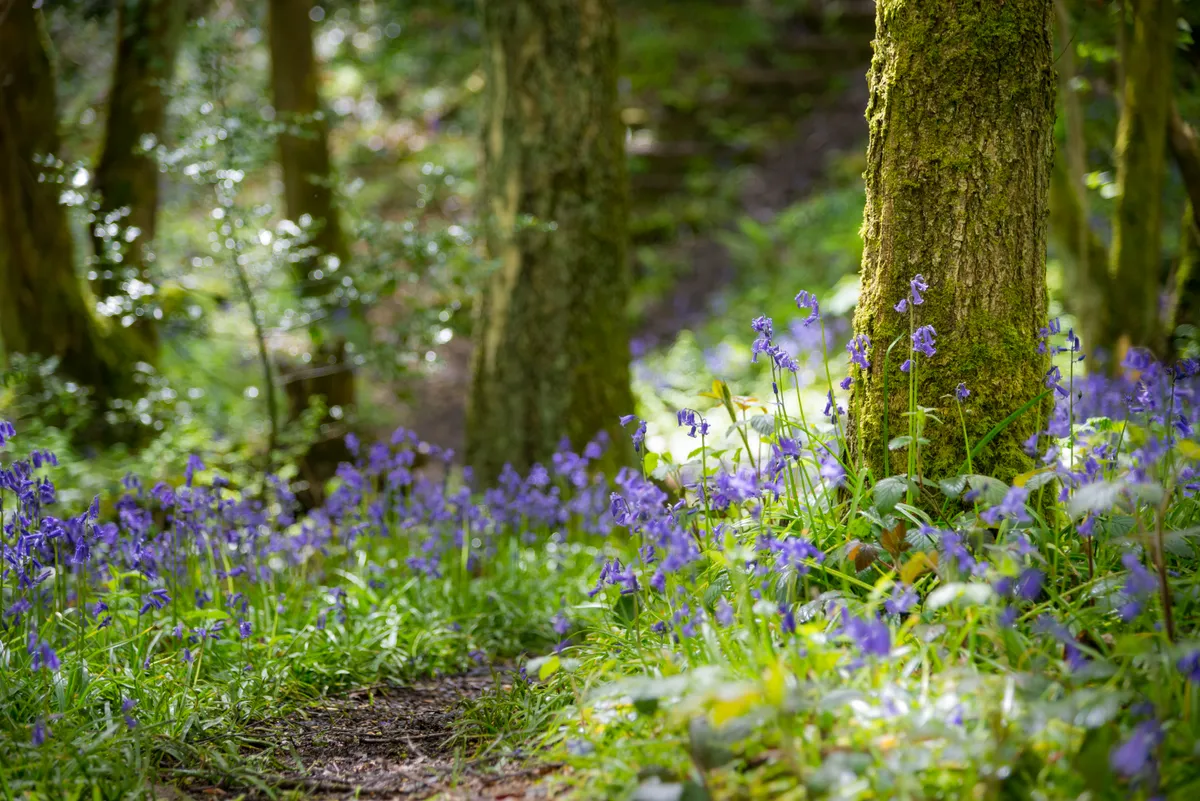
How long do bluebells take to flower?
Bluebells may take a couple of years to flower (colonies take between 5-7 years to develop) but they are a self-sowing plant so with a bit of luck, over time will naturally populate your garden.
How do bluebells spread?
Bluebells spread very quickly as they seed when grow in clumps. You can encourage the spreading of bluebells by dividing up the bulbs after flowering and replanting. Insects such as ants can help the flower to spread.
How to identify spring blossom
As light flows slowly into our woodlands and hedgerows, once-bare branches begin to bloom. The brief blossoming of rowan, wild cherry and hawthorn is a magical spectacle, wreathed in ancient folklore.
Our guide on how to identify spring blossom found in the UK and best places to spot blossom
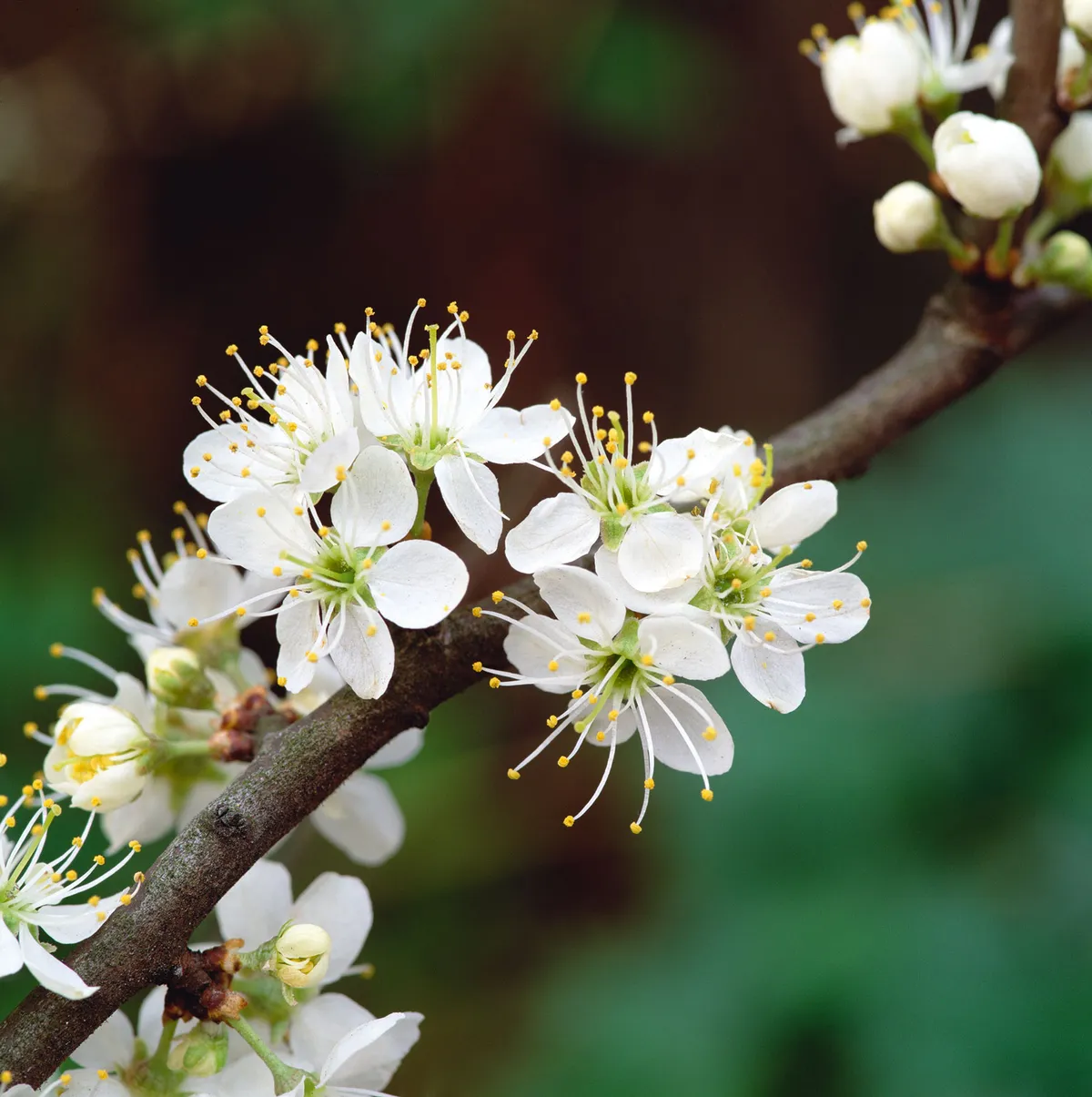
How to grow native bluebells in your garden
Wild native bluebells can commonly be found growing in woodlands and grasslands, however with a little effort you can grow your own. Successful growing will depend on your soil as British bluebells thrive best in slightly acidic and moist soil, which drains well. The best time to plant is in autumn, but green bulbs can also be planted in spring. Being a woodland flower, bluebells prefer shady so around a tree or in a shady patch of the garden is the best place to plant.
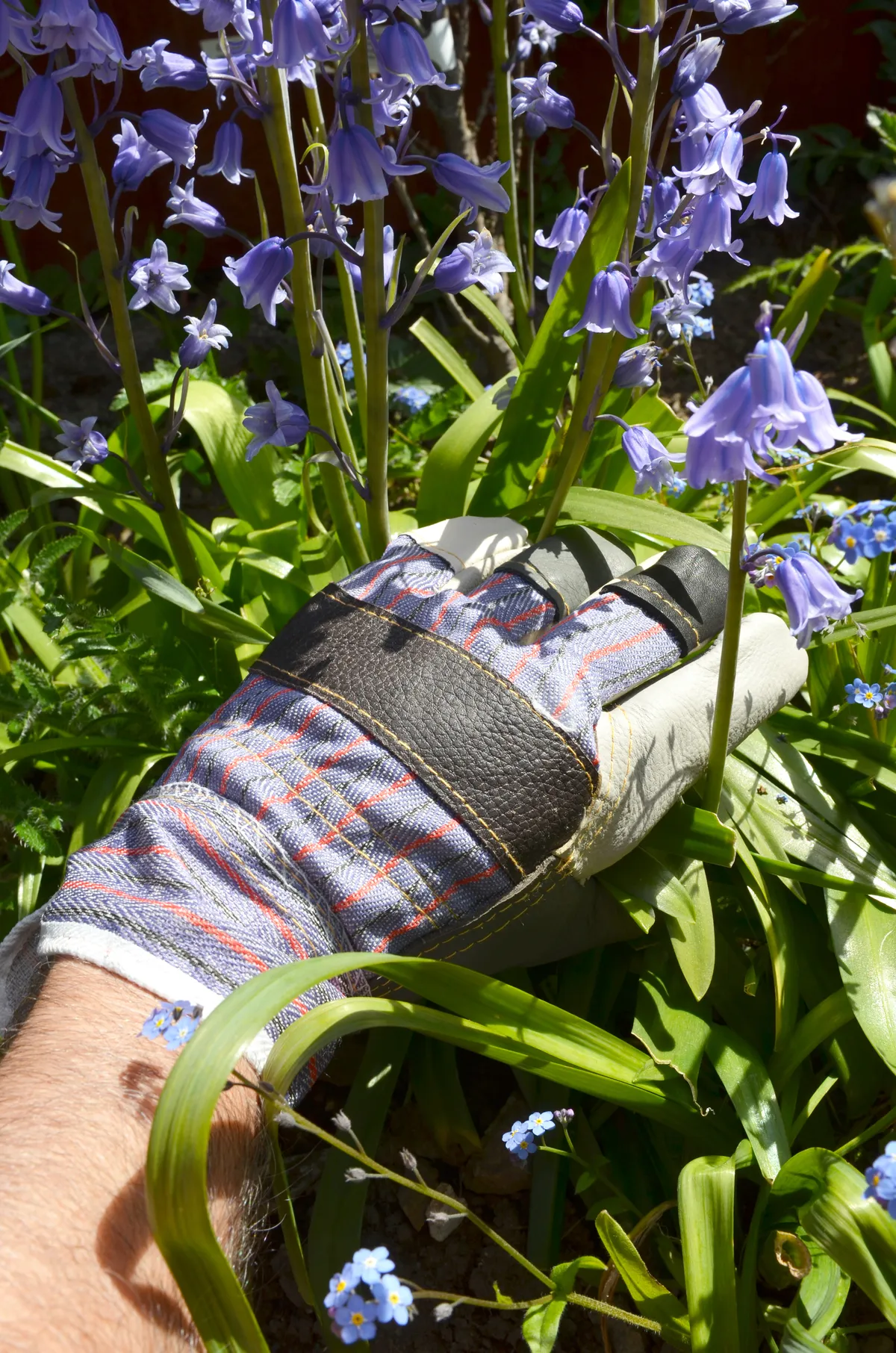
Prep your soil
Prior to planting bulbs, prepare your soil by adding manure or compost to enrich the soil quality.
Spring planting
Use green bulbs in spring and plant them at a depth of around 10cm, spacing them 10cm apart.
Autumn planting
Use dry bulbs and plant twice the depth of the bulb. Ideally, at least 14cm in depth, leaving a similar space between bulbs. If you can plant deeper it is worth the effort.
Do bluebells like sun or shade?
Bluebells will grow in direct sunshine, but tend to prefer a bit of shade which is why they often carpet woodland floors.
When to cut bluebells back?
Leaving bluebells to die back naturally will help them return stronger the following year.
